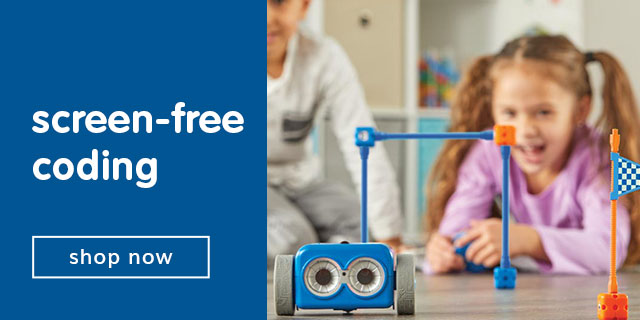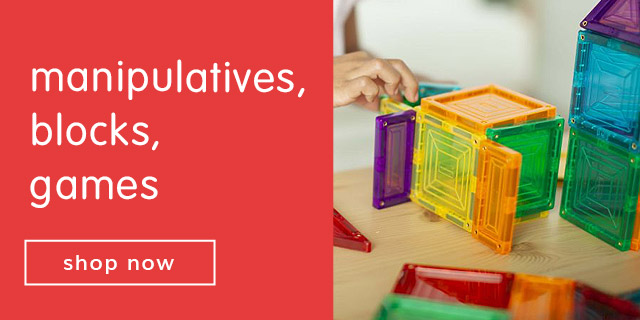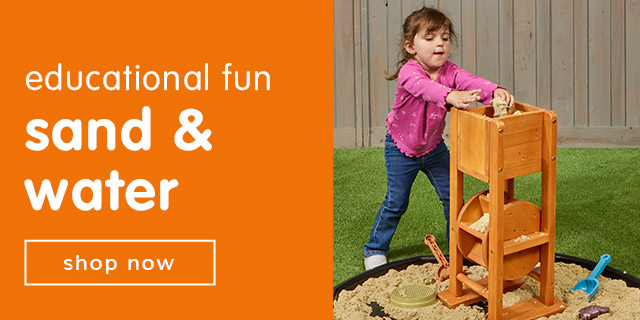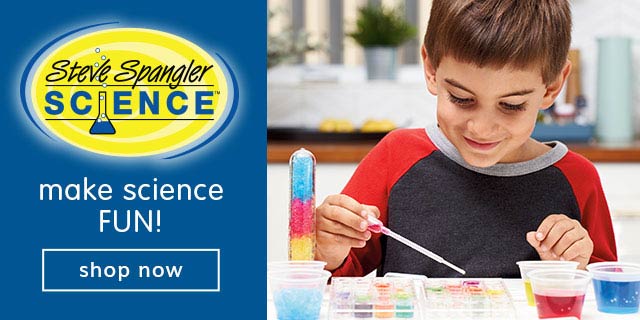
Menu
- Home
- STEM & Curriculum
- STEM
- Science
- Steve Spangler Science® Nature Print Sun Paper (30 Pack)
Steve Spangler Science® Nature Print Sun Paper (30 Pack)
Item # 800560
Steve Spangler Science®
0.0
No ReviewsWrite the First Review
Steve Spangler Science® Nature Print Sun Paper (30 Pack)
Item # 800560
Steve Spangler Science®
0.0
No ReviewsWrite the First Review
$16.49
Quantity
Get it Apr 21, 2025
Order in the next 15 hrs and 0 mins
Get it Apr 21, 2025
Order in the next 15 hrs and 0 mins
Get it fast. Usually ships in 2 days or less!
Description
Make amazing white on blue prints with your favorite objects! Just place leaves, flowers, shells or whatever you choose on the photo-sensitive paper and place in the sun. Remove the objects after a couple of minutes and rinse the paper to …See More
Specifications
Brand Name
Steve Spangler Science®
Alias
800560
Assembly Required
No
UPC
857605007039
MPN
WSUN-600
Description
Make amazing white on blue prints with your favorite objects! Just place leaves, flowers, shells or whatever you choose on the photo-sensitive paper and place in the sun. Remove the objects after a couple of minutes and rinse the paper to …See More
Specifications
Brand Name
Steve Spangler Science®
Alias
800560
Assembly Required
No
UPC
857605007039
MPN
WSUN-600
Reviews
Description

Make amazing white on blue prints with your favorite objects! Just place leaves, flowers, shells or whatever you choose on the photo-sensitive paper and place in the sun. Remove the objects after a couple of minutes and rinse the paper to “fix” it. Congratulations, you’ve made a permanent piece of sun art!
Recommended for children ages 6 and up.
How Does It Work?
The nature print paper is coated with light-sensitive chemicals, which react to light waves and particles when exposed to light. When you place objects on the paper, they block the light and turn white while the paper around them remains blue. Water stops the process and fixes your images on the paper.
What Does It Teach?
Learn about the nature of sunlight and how light-sensitive chemicals work. From here, launch a discussion about how color photos are developed, as each layer of chemicals on the film react to photons of different color.
Science Fair Connection:
When the Sun Sensitive Paper reacts to ultraviolet light, it’s a pretty fantastic demonstration of UV-reactive materials. However, this awesome demonstration isn’t, by itself, a science fair project. To create a science fair project using the Sun Sensitive Paper, all you need to do is identify and use a variable. A variable is an aspect or factor of the experiment that you can control and alter. Here are some examples of variables that you could use:
Test different sunscreen brands or SPFs by spreading the sunscreen on the paper.
Try to find the best pair of UV-blocking sunglasses.
Once you identify your variable (don’t let us hold you back, if you have better ideas, use those!), start conducting your experiments. Make sure that you keep all other factors the same, though. Otherwise, you’ll have multiple variables!
What’s Included?
Recommended for children ages 6 and up.
How Does It Work?
The nature print paper is coated with light-sensitive chemicals, which react to light waves and particles when exposed to light. When you place objects on the paper, they block the light and turn white while the paper around them remains blue. Water stops the process and fixes your images on the paper.
What Does It Teach?
Learn about the nature of sunlight and how light-sensitive chemicals work. From here, launch a discussion about how color photos are developed, as each layer of chemicals on the film react to photons of different color.
Science Fair Connection:
When the Sun Sensitive Paper reacts to ultraviolet light, it’s a pretty fantastic demonstration of UV-reactive materials. However, this awesome demonstration isn’t, by itself, a science fair project. To create a science fair project using the Sun Sensitive Paper, all you need to do is identify and use a variable. A variable is an aspect or factor of the experiment that you can control and alter. Here are some examples of variables that you could use:
Test different sunscreen brands or SPFs by spreading the sunscreen on the paper.
Try to find the best pair of UV-blocking sunglasses.
Once you identify your variable (don’t let us hold you back, if you have better ideas, use those!), start conducting your experiments. Make sure that you keep all other factors the same, though. Otherwise, you’ll have multiple variables!
What’s Included?
- 30 sheets of 5 inches x 7 inches sun sensitive paper
- Make amazing white on blue prints with your favorite objects
- Learn about the nature of sunlight and how light-sensitive chemicals work
- Great Science Fair experiment
Specifications

Brand Name
Steve Spangler Science®
Alias
800560
Assembly Required
No
UPC
857605007039
MPN
WSUN-600
Resources

Reviews

Related Links
Related Products
The only binoculars designed specifically for little kids! ...
Description:
The only binoculars designed specifically for little kids! Size 7" L, 5-3/4" W, 2-3/4" H. Enlarged focus-free eyepieces-more than three times the size of ordinary binoculars-and perfect-fit goggles with placement guide enable kids (even toddlers) to see up close! ...
The only binoculars designed specifically for little kids! Size 7" L, 5-3/4" W, 2-3/4" H. Enlarged focus-free eyepieces-more than three times the size of ordinary binoculars-and perfect-fit goggles with placement guide enable kids (even toddlers) to see up close! ...
Description:
Portable LED light exploration! Ultra-slim LED light panel provides a bright, evenly-lit surface Ideal for science activities, color exploration, tracing and more classroom activities Hardwood beech frame Protective plastic covers reinforce the corners to ensure durability AC power adapter ...
Portable LED light exploration! Ultra-slim LED light panel provides a bright, evenly-lit surface Ideal for science activities, color exploration, tracing and more classroom activities Hardwood beech frame Protective plastic covers reinforce the corners to ensure durability AC power adapter ...
Practice Adding And Subtracting Through 100 With Rock, ...
Description:
Practice Adding And Subtracting Through 100 With Rock, Paper, Scissors Pairs of players flip a chip over, solve the addition or subtraction problem, and check the answer key. If they both answer correctly, they let rock, paper, scissors decide ...
Practice Adding And Subtracting Through 100 With Rock, Paper, Scissors Pairs of players flip a chip over, solve the addition or subtraction problem, and check the answer key. If they both answer correctly, they let rock, paper, scissors decide ...

































